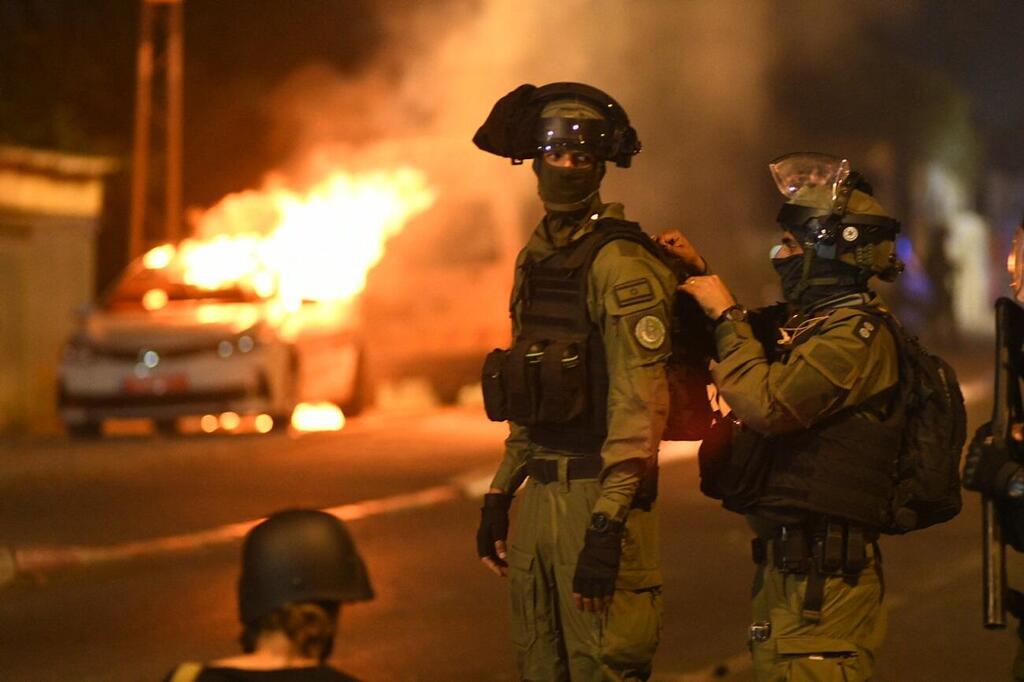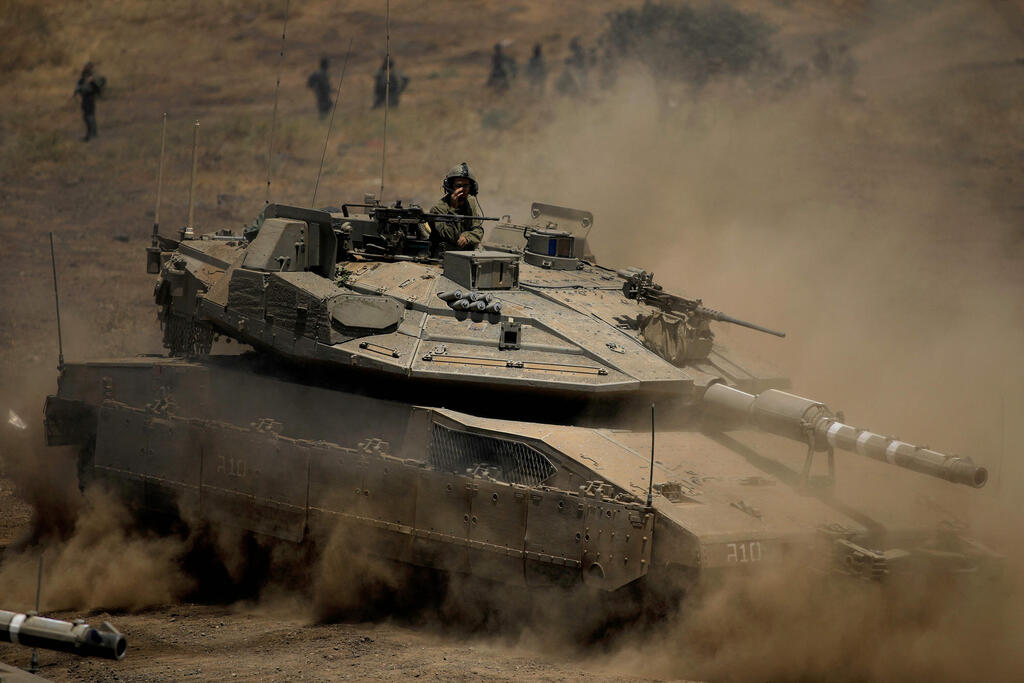Cyberattacks on cellular networks and supply chains disrupted by the absence of Arab truck drivers who would not show up for work are just some of the possible scenarios in times of war in the north and south, presented to the Security Cabinet.
The Defense Ministry and the military, update potential scenarios every few years, including for military conflict against Iran-backed Hezbollah in Lebanon. These are the IDF's most updated assessments based on the latest intelligence.
The assessment was completed last August and approved by a ministerial committee dealing with the preparedness of the homefront. It will now need to be considered by the new security cabinet in Prime Minister Benjamin Netanyahu's government.
The coordination between the various emergency agencies and the IDF Homefront Command was finalized early in 2022. It states that the Homefrom forces will assist local government authorities and the National Emergency Agency will coordinate with government ministries.
According to the report, 70% of Israeli households have adequate shelters and security rooms in their homes but the major concerns centered on severe disruption to the lives of millions of civilians, caused not only by incoming fire or infiltration of terrorists.
The report describes a situation in which Arab truck drivers refuse to come to work amid riots in their own communities, stopping the vital supply chain of food, medicine, and fuel, resulting in serious damage to the Israeli war effort.
In June of 2023, a large-scale military exercise is scheduled to take place to test war scenarios against both Hezbollah in the north and the Islamist factions in Gaza. The exercise will test the response to the possible destruction of up to 500 buildings, during a 3-week war and the success of supplies reaching the forces in the field with much-needed provisions to sustain the fighting.
The IDF estimated during month-long wargames last year, that there was a potential of up to 1,500 rockets and missiles being directed at the north in the span of 24 hours. rescue teams were preparing for such an eventuality using IDF enlisted and reserve forces and prearranged teams from local councils and municipalities around the country, who have already undergone training and have been given the necessary equipment to provide initial assistance.
The report highlights four central threats to the homefront, out of some 40, including a Cyberattack on vital infrastructure, massive missile strikes, an earthquake, and a medical crisis such as a pandemic, that Israel must be prepared for. but many others were noted, including unconventional terror attacks, fires, electricity outages, and mass riots to name but a few.
Riots will be handled by the police and border patrol, possibly with new national guard. Two IDF reserve platoons will be on standby to handle blocked intersections that could disrupt transport of supplies and troop movements.
"The IDF will take care of itself even if Arab drivers don't show up for work," said a security official. "The problem is the public and private sector that heavily relies on Arab delivery personnel."
For the first time, updated scenarios include cyberattacks affecting Israeli cellular networks, which are vital for communication, both within and independent of the war effort.
The scenarios further include updated procedures about evacuating civilians from border areas where the war effort could be unfolding, with the state picking up the tab for hotels and guest houses where these civilians will stay during the war, mostly in the form of sleep vouchers.
Vital objectives in times of war include sustainability of the war effort, maintaining a sound and stable financial system, adequate shelter in schools and other educational centers, conveying updated information to the public, keeping an operational medicinal supply chain, and many others.




